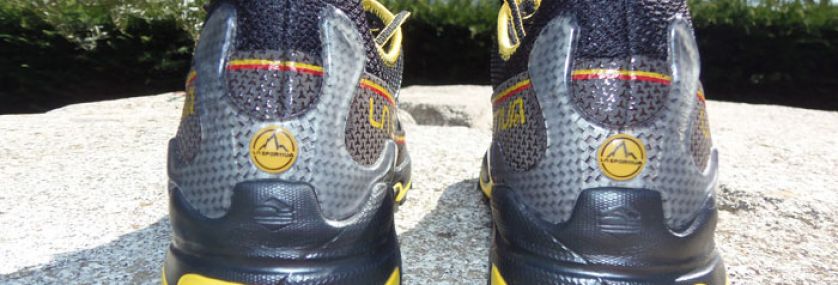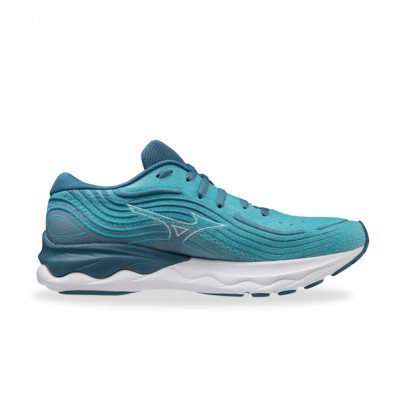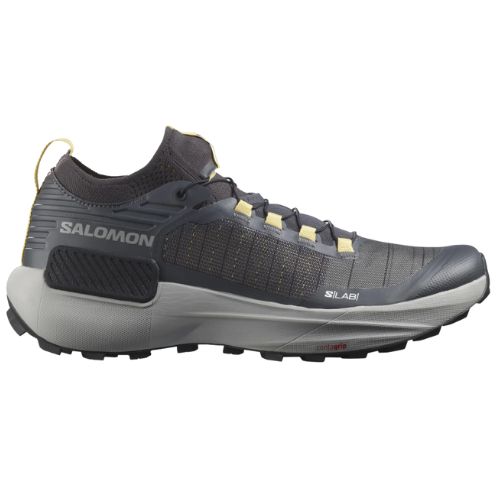When should you change your Running shoes? This is the million-dollar question among less experienced runners. Although this is a fundamental question, it is often overlooked. In a sport like running, shoes are the fundamental tool for the athlete.
They have a useful life span, after which, although their external appearance may appear to be in good condition, they lose their cushioning and stability properties. The continuous wear causes them to lose absorption, increasing the impacts on your legs and joints, which can lead to injuries.
You may be interested in: Running shoes catalog
Between 650 and 800 kilometers
As a general rule, specialized running stores recommend changing shoes every 650 to 800 kilometers. Depending on the surface on which you usually run, your weight and your running technique, the lifespan of your shoes will be more or less prolonged. Roughly speaking, lighter runners will be able to stretch their shoes to 800 kilometers, while heavier runners should consider changing their running shoes when they have accumulated around 650 kilometers.
You may be interested in: They present a gadget to find out how long Running shoes will last
The importance of the midsole
The first thing you should check to check the general condition of your running shoes is the sole. Depending on its degree of wear and tear we will already have some clue. However, the part of the shoe to which we must pay special attention is the midsole, a layer of material located between the sole and the upper, which is responsible for providing cushioning and stability to your stride and, generally, usually deteriorate before the sole. As it is quite difficult to check the condition of this layer of the shoe, the best thing to do is to keep track of it.
Check
To keep track of this, it would be advisable to first note down the date of purchase of the shoes, the approximate number of kilometers you do in each training session or popular race, as well as the surface on which you exercise. The data related to the number of kilometers accumulated is a good indicator to know when you should change your shoes. An excellent alternative is to buy a new pair of shoes when the ones you usually use reach the halfway point of their useful life. This way, you can alternate between the two pairs, allowing them to decompress between one workout and the next.
Other indicators
Cramps, joint pain or excessive muscle fatigue may be other indicators of loss of performance in your stride, caused by the loss of properties and performance of your running shoes. Any running shoe has a lifespan. Don't overstretch it out of a desire to save a few euros or your affection for them.
Cover photo: Alan Levine / Flickr (CC License, commercial use and modification allowed)
Read more news about: Running Training



















